Did you know that Chinese evergreens are not just beautiful home decor but also amazing air purifiers? NASA’s Clean Air Study found these guys highly effective in removing indoor pollutants, like benzene and formaldehyde!
Not only that, these gorgeous plants are low-maintenance and easy to care for despite their elegant appearance!
Don’t believe me? This care guide will show you just how simple it is!
Chinese Evergreen General Information
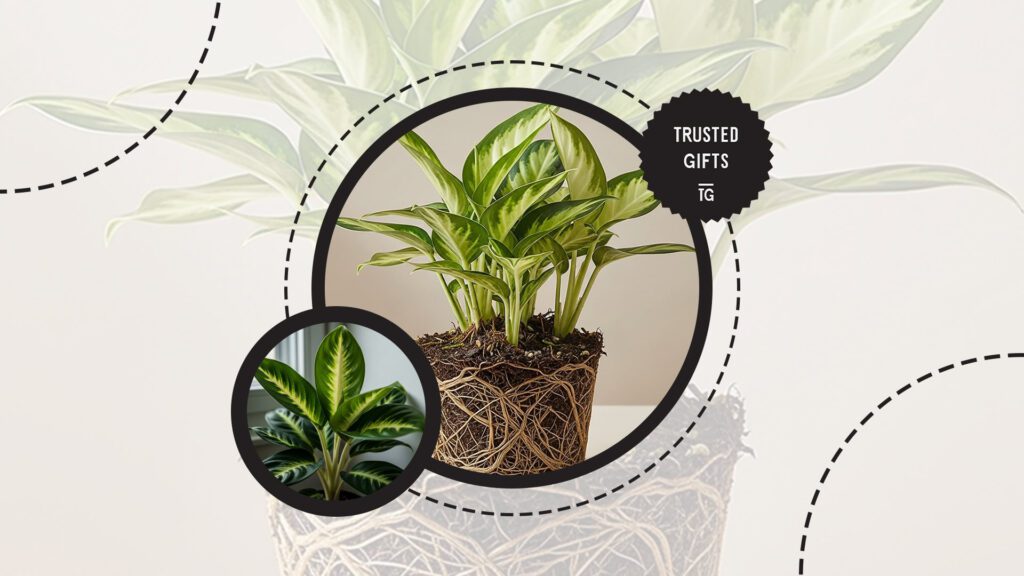

Genus: Aglaonema
Family: Araceae
Plant Type: Perennial
Native Habitat: Southeast Asia
Preferred Environment: Warm and humid environment
Blooming Period: Late summer or early fall
Mature Size: 1 to 3 feet tall indoors
Toxicity: Toxic to pets
Chinese evergreens, scientifically known as Aglaonema, are a genus of perennial plants under the Araceae family. They’re popular houseplants loved for their gorgeous foliage and relatively low-maintenance nature.
In the wild, they bloom from late summer to early fall, but it’s pretty rare for them to bloom when grown indoors. That said, their flowers are rather small and not really the main reason plant owners grow them.
These plants contain calcium oxalate crystals, so make sure to keep them out of your kid’s or pet’s reach. If ingested, the plant can cause pain and swelling in the mouth and gastrointestinal infection.
Taking Care of a Chinese Evergreen
What soil is best for Chinese evergreen?
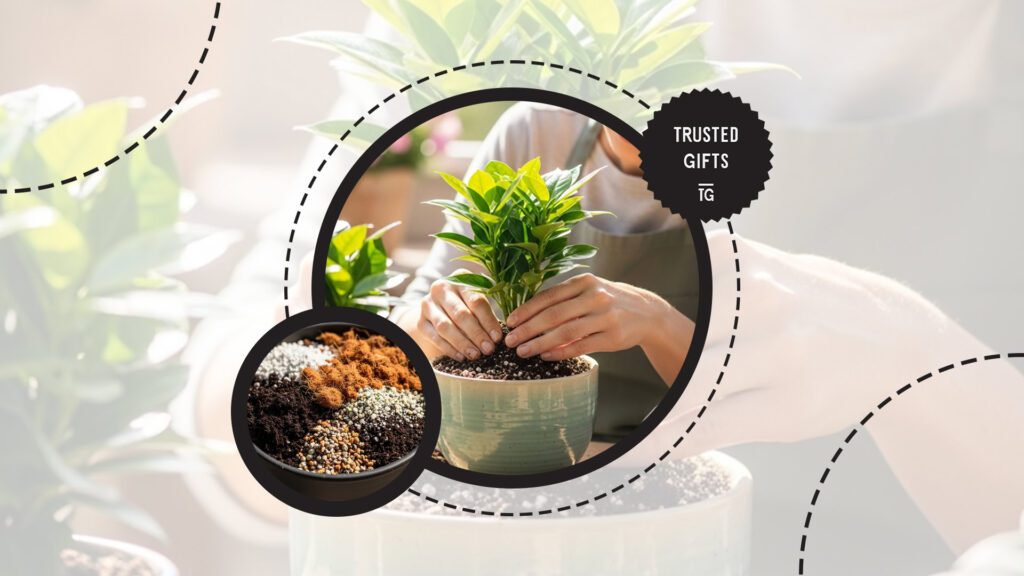

The best soil mix for Chinese evergreens is nitrogen-rich, slightly acidic, well-draining soil that can retain sufficient moisture to supply the plant’s needs. The pH level should be around 5.6 to 6.5 to keep the plants thriving.
Soil mixes with perlite, vermicompost, and peat moss are typically suitable for them because they’re well-draining and nutrient-rich.
How do I make my own soil mix for Chinese evergreen?
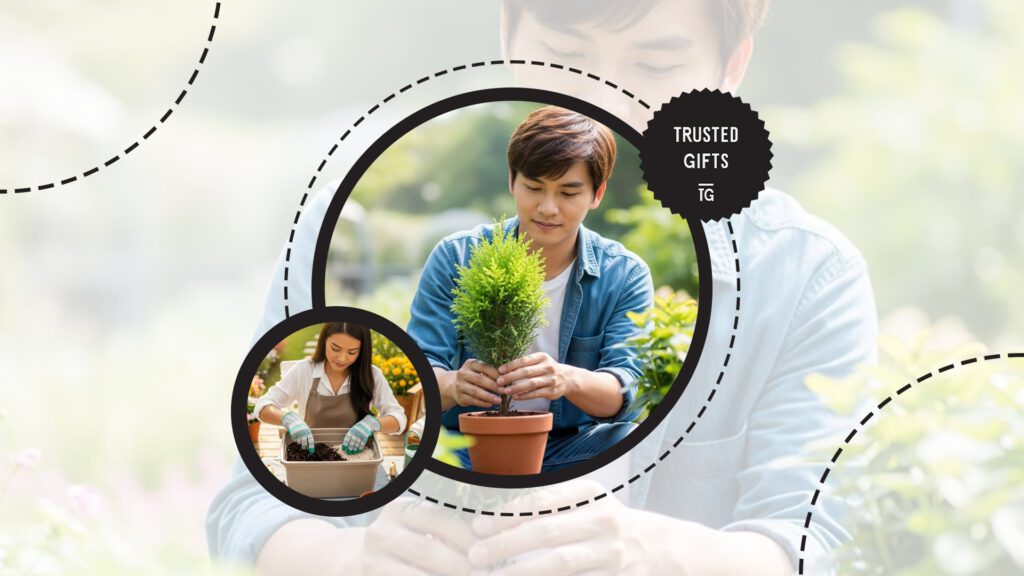

To make your own soil mix for Chinese evergreens, mix the following ingredients in a large bowl:
- 30% loam soil
- 20% perlite
- 25% vermicompost
- 25% peat moss
Loam is the perfect base for Chinese evergreens because while it is well-draining, it doesn’t drain water as fast as sand-based soil mixes. If you don’t have loam soil, you can mix in equal amounts of clay and sand as an alternative.
Perlite prevents the loam from clumping together, ensuring good drainage for a long period of time. Vermicompost, on the other hand, provides plants with the nutrients they need.
While peat moss can retain a lot of moisture, it doesn’t impair the soil mix’s drainage capacity. Its fibrous structure also ensures air can still pass through the soil and reach the roots.
How often should I water my Chinese evergreen?


The frequency of watering needed by Chinese evergreens depends on various factors, such as temperature, humidity, and the plant’s size. As a general rule, let the top inch part of the soil dry first before watering again.
Most of the time, the plant will need to be watered at least once every week during summer and spring. In winter, watering can be done once every ten or more days.
Do Chinese evergreens require sun or shade?
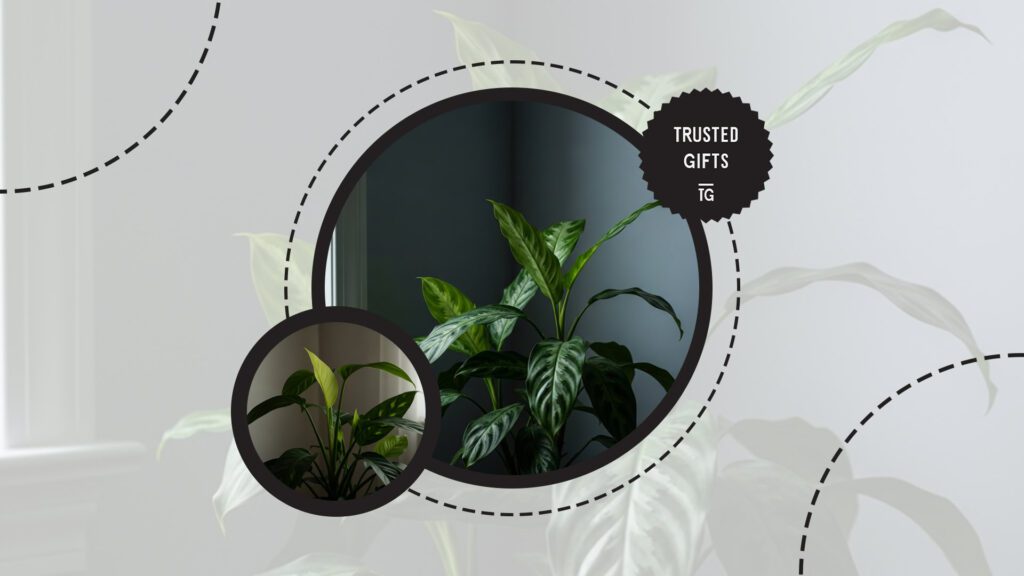

Chinese evergreens typically need low to medium indirect sunlight, though they can also handle bright light so long as it’s not direct. If you have variegated varieties of the plant, then it’s best to provide bright, indirect sunlight.
The plants are native to tropical and subtropical forests in Southeast Asia, so they naturally grow under the canopy of taller trees. This makes them used to relatively lower light conditions and sensitive to direct sunlight.
What temperature is recommended for Chinese evergreens?
The ideal temperature for growing Chinese evergreens is around 65°F to 80°F (18°C to 28°C). As with any tropical plants, they are sensitive to cold and cannot tolerate temperatures below 60°F (16°C).
Sudden changes in the temperatures can also be detrimental to their health.
What humidity level is recommended for Chinese evergreens?
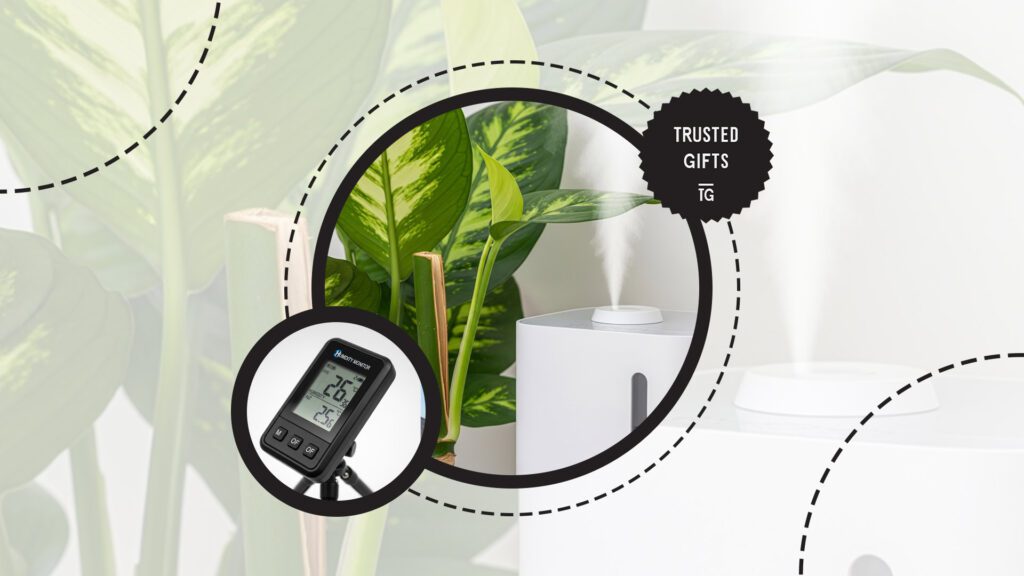

Chinese evergreens thrive in environments with high humidity levels, similar to their native habitat. While they can tolerate average indoor humidity, they generally prefer between 60% and 70% humidity levels.
If the indoor is too dry, especially during the winter season, try to increase the humidity around the plant to keep it happy. You can use a humidifier or place a tray filled with water and pebbles under the pot.
How often should I fertilize my Chinese evergreen?
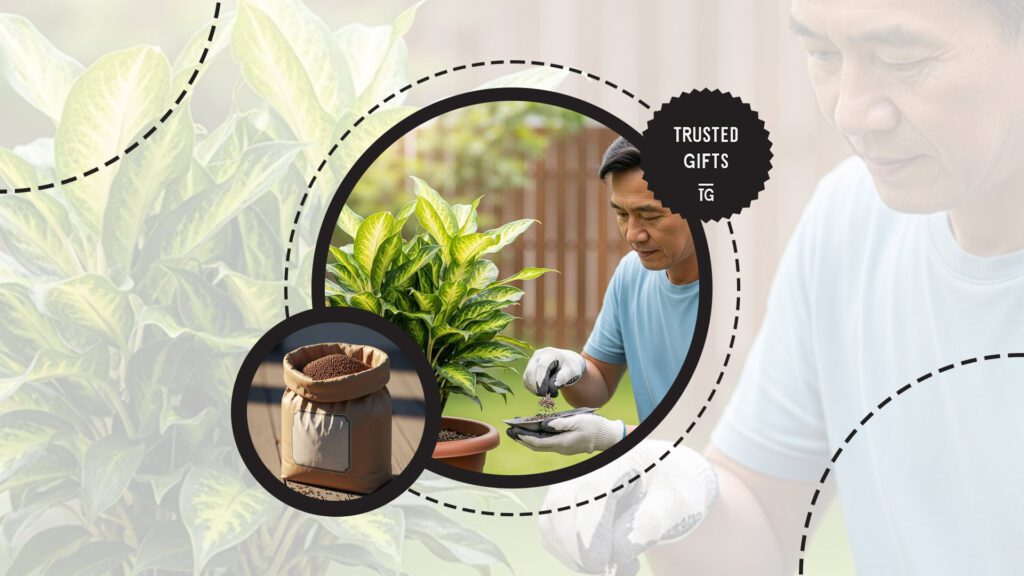

Fertilize your Chinese evergreen with a liquid houseplant fertilizer twice a year: once at the beginning of spring and once more at the end of summer. The plant is actively growing during this time and needs more nutrients.
If the soil mix has low nutrient content, you might need to apply fertilizer more frequently. This can be once every month or once every six weeks.
How often should I prune my Chinese evergreen?
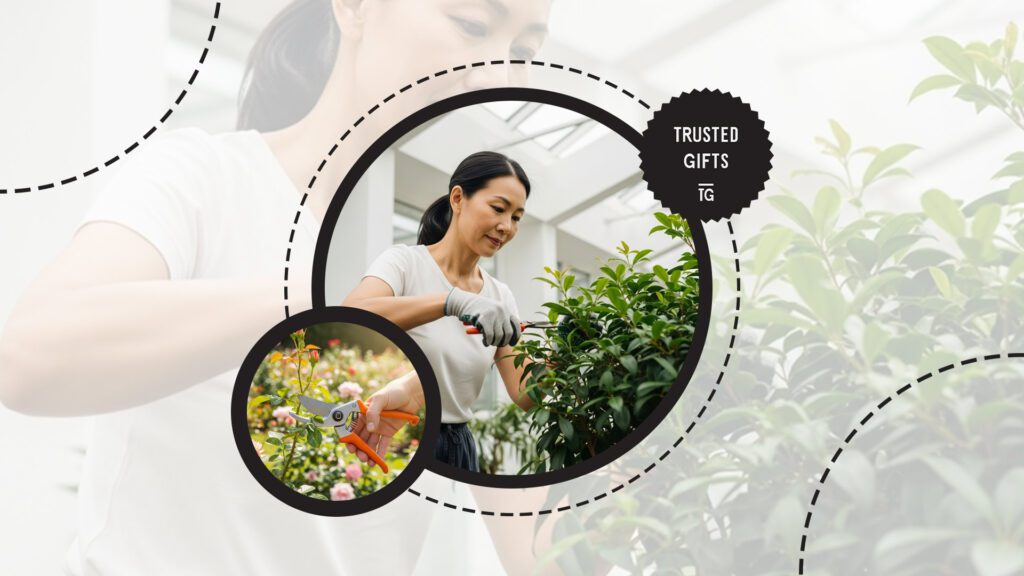

Chinese evergreens don’t need frequent or scheduled pruning. They should only be pruned when they have dead or damaged leaves or become too large and leggy.
Always use clean, sharp pruning shears or scissors when pruning to prevent the plant from infecting itself with a disease. Do not cut too much, as this can cause stress to the plant.
When should I repot my Chinese evergreen?
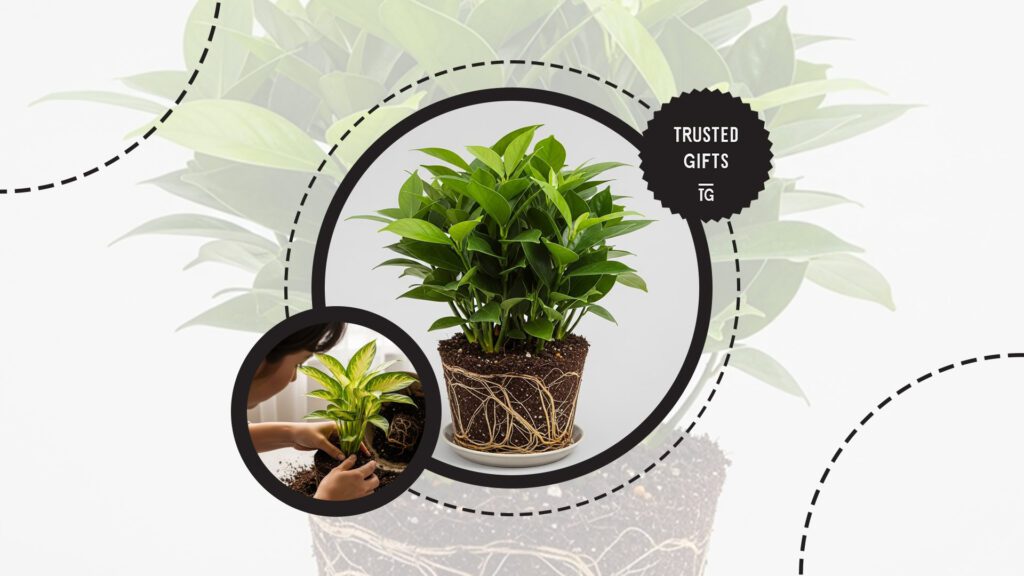

You will typically need to repot your Chinese evergreen after two or three years of planting. Look out for signs, like roots growing out of the drainage holes or soil not holding enough water, to know when exactly to repot.
If your Chinese evergreen needs repotting, make sure to do it in spring or summer. They’re actively growing during these seasons and will recover much faster.
How to Repot My Chinese Evergreen
Step 1: Get a bigger pot and fresh potting mix
Select a pot that is slightly wider and deeper than your current Chinese evergreen pot. This will give the roots more space to grow.
You can purchase well-draining soil mixes or create your own by following our recommended recipe. It’s best to use the same soil mix you’ve used before.
Step 2: Add fresh soil mix to the new pot
Layer some potting mix to act as a barrier between the drainage holes and the plant’s roots. The roots will soon spread through this soil.
If you just purchased the soil mix from the market, there are some that may have already clumped together. Make sure to break them apart as you fill the pot.
Step 3: Carefully remove your Chinese evergreen from its old pot
Gently squeeze the sides of the pot to loosen the soil, then gently pull out your Chinese evergreen. It’s recommended to actually just break the pot if it’s plastic to avoid damaging the roots.
If your plant is in a ceramic pot that cannot be squeezed, lightly tap on the sides instead. You’ll likely need a butter knife to loosen up the side if the soil is really tight.
Step 4: Shake off as much loose soil from the plant as possible
Try to remove all the loose soil from the plant. You can use a pencil or an old chopstick to get to the small areas in between the roots.
This is to prevent harmful bacteria and microorganisms from moving from the old soil to the new one.
Step 5: Plant your Chinese evergreen in the new pot
Position your Chinese evergreen in the center of the new pot and fill in any empty spaces around the sides with fresh soil. Gently but firmly press down on the soil to secure your plant in place.
Step 6: Water the Chinese evergreen thoroughly
After repotting, water your Chinese evergreen to help settle the soil and ensure good contact between the roots and soil. This will also help relieve any stress caused by repotting.
How to Successfully Propagate a Chinese Evergreen
Chinese evergreens can be successfully propagated through stem cutting and air layering. Stem cutting is typically the most common and easiest way, but air layering is just as effective.
How can a Chinese evergreen be successfully propagated through stem cutting?


Step 1: Take a stem cutting from a healthy stem
Select a healthy stem from your Chinese evergreen, one with three or more leaves.
Cut about 4 to 6 inches long of the stem using clean, sharp scissors.
Step 2: Prep the stem by removing the lower leaves
Remove any leaves from the bottom portion of the stem that will be in contact with the water. This is to prevent the leaves from rotting in the water and helps maintain water quality in the long run.
Make sure, though, that some leaves are still left on top of the stem.
Step 3: Dip the stem into a rooting hormone
If you have a rooting hormone at home, dip the cut part of the stem in it. This isn’t necessary but will help encourage faster root development.
Step 4: Place the cutting in a jar of water
Fill a clean jar with water. If you’re using tap water, let it sit for 24 hours first to allow chlorine to evaporate.
Place the cutting into the water, with the cut part submerged. This is where roots will grow.
Step 5: Place the jar in a location with bright, indirect light
Position the jar somewhere that receives plenty of bright, indirect light. Avoid direct sunlight because it can cause a lot of stress on the stem cutting.
North- and east-facing windows are typically the best locations. West and south-facing windows can work if you put up sheer curtains or screens.
Step 6: Wait for the cutting to develop roots
Allow the cutting to remain in the water for a few days to let the roots grow. Make sure to replace the water every other day, though, to prevent bacteria and algae from growing.
Step 7: Transplant the cutting into a pot of soil
Once the roots are about two inches long, you can transfer them from the water to a new pot.
Water the newly potted plant thoroughly and place it in a location with bright, indirect light.
How can a Chinese evergreen be successfully propagated through air layering?
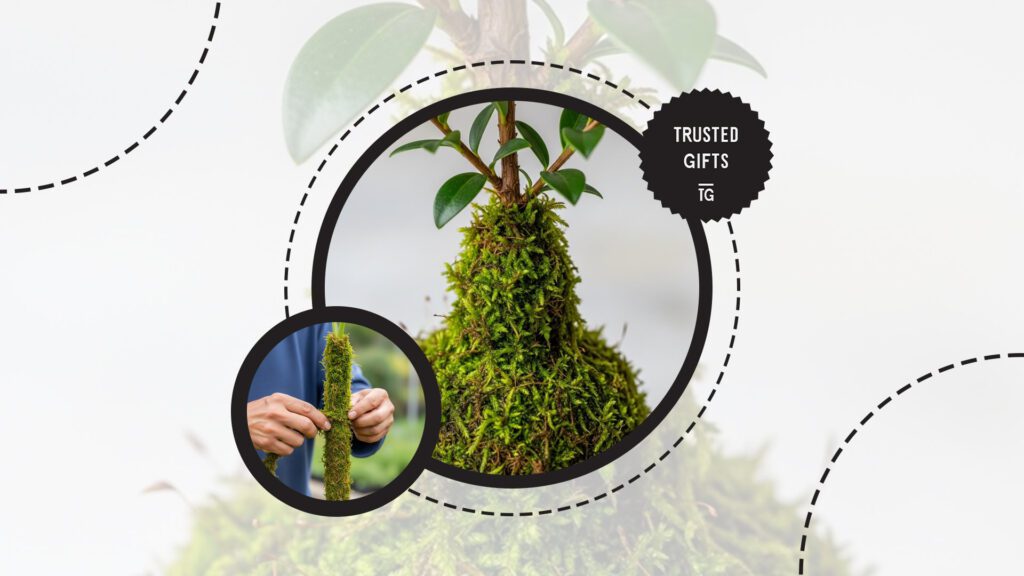

Step 1: Peel a thin layer of the stem with a knife
Using a sharp knife, make two horizontal cuts around the perimeter of the stem, about half an inch apart. Do not sever the stem; just cut enough to allow you to peel the skin between the cuts.
Step 2: Apply rooting hormone to the exposed area of the stem
Although it’s not necessary, rooting hormone can help fasten root growth. If you have one, apply some to the exposed stem with a Q-tip.
Step 3: Soak sphagnum moss in warm water
Allow sphagnum moss to soak in warm water for several minutes. Once it has absorbed enough moisture, wring out any excess to prepare it for use with your Chinese evergreen.
Step 4: Wrap sphagnum moss around the peeled stem
Wrap the sphagnum moss you prepared around the exposed area of the stem, using a plant twine to secure it. This will encourage roots to develop from the stem.
Step 5: Encase the sphagnum moss with plastic
After tightly wrapping the sphagnum moss around the stem, use tape or plant ties to cover it with a plastic bag. This will keep the humidity around the exposed area high and prevent moisture loss.
Step 6: Cut the stem when it finally develops roots
Once you see growth, you can remove the stem from the original plant and transfer it to its own pot. This will usually take days to weeks, depending on the growing conditions.
Common Problems with Chinese Evergreen
Root Rot


Chinese evergreens are sensitive to waterlogged conditions and can suffer from severe root rot if exposed to such conditions for a long time. This root rot can cause yellowing leaves, falling leaves, and even death of the plant.
Waterlogged conditions are often a result of poor drainage and overwatering. If the soil retains too much water or the pot doesn’t have holes, excess water will accumulate around the roots, leading to root rot.
Similarly, the roots will suffocate and rot when you don’t let the soil remain consistently soaked because of overwatering.
How to Fix Root Rot
Check the soil’s moisture level regularly before watering to prevent overwatering. If the soil remains moist even after more than a week, it’s probably a drainage problem.
Once the roots start rotting, you’ll have to repot it into a fresh potting mix and trim the affected roots. Removing them will stop the fungi from spreading and damaging other roots.
Curling Leaves
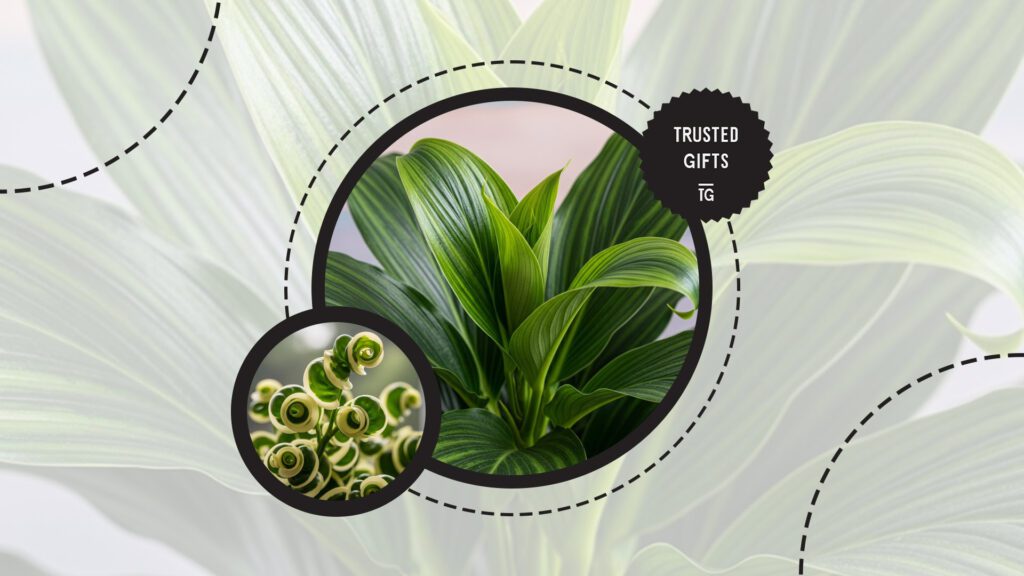

While too much water is indeed bad for Chinese evergreens, too little water is also bad. When the plant is underwater, the leaves start curling inward to conserve the little moisture it has.
The curling may also be caused by low humidity around the plant. As we’ve said earlier, these plants are native to highly humid environments, so you have to imitate that a bit if you want to see them thrive.
Curling is typically just one of the first signs that the plant is in distress. If its issues are left unaddressed, the leaves may also start to turn crispy or, worse, wilting.
How to Fix Curling Leaves
Ensure that you’re watering your Chinese evergreen regularly. During every watering session, thoroughly water the plant until water drains out from the bottom of the pot.
If you live somewhere quite hot, you can also add mulch to the soil to help retain more moisture.
You should also always monitor the humidity. Try misting the leaves or using a humidifier during winter, when the air is significantly dry.




